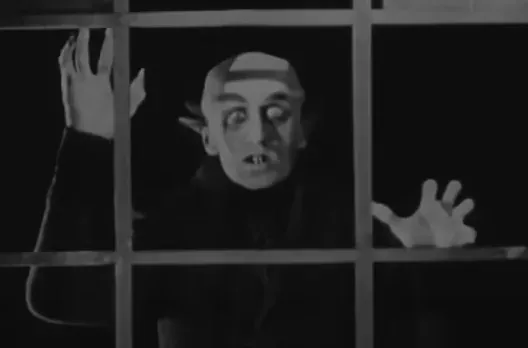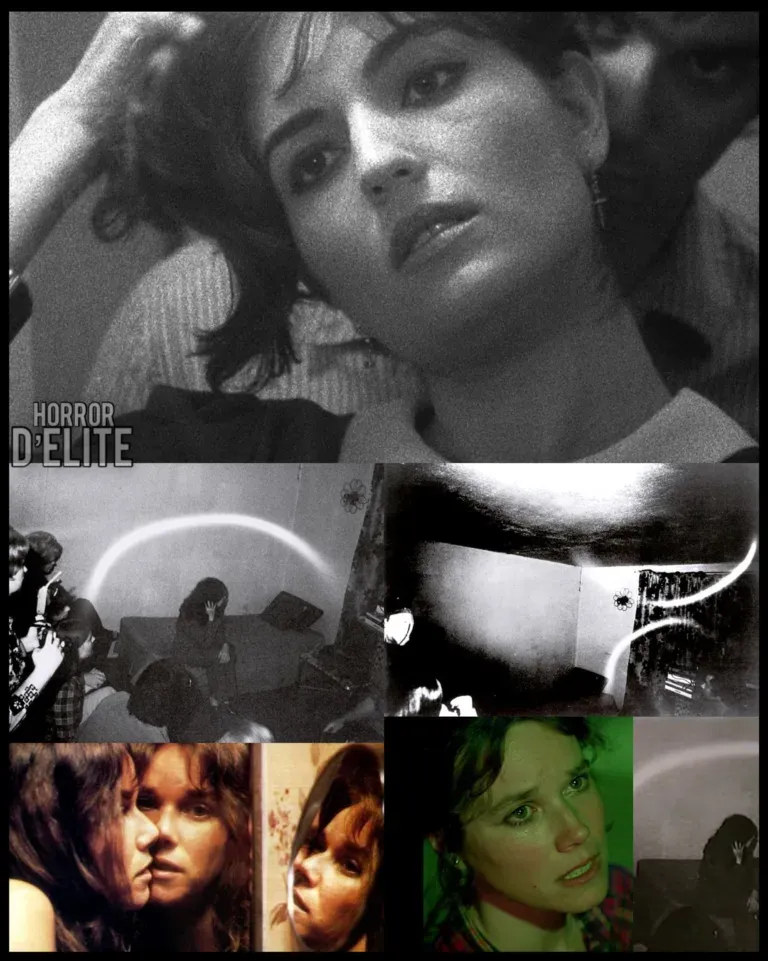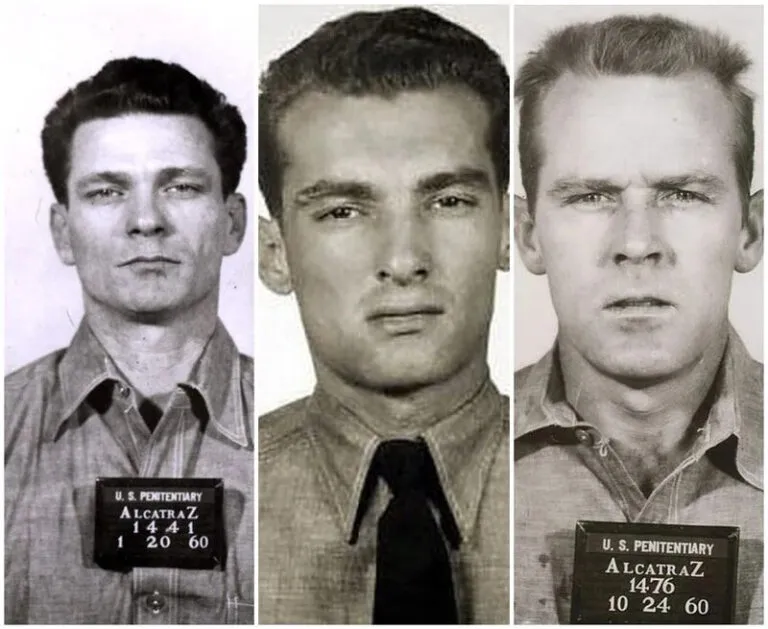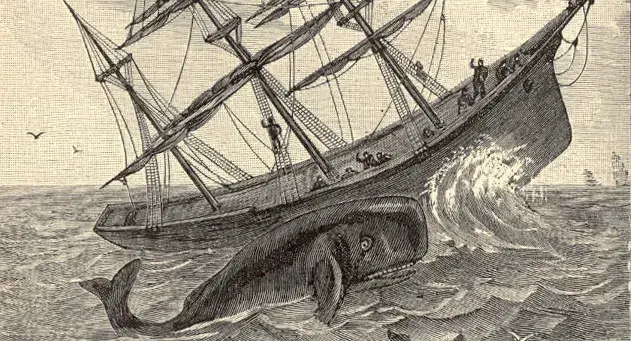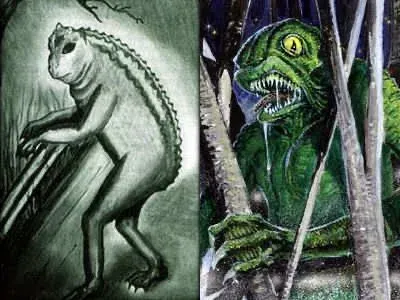Max Schreck – Count Orlok of Nosferatu and His Legends
Max Schreck – Count Orlok of Nosferatu: Myth and Reality of a Horror Cinema Legend
Max Schreck, a German actor from the early 20th century, is inextricably linked to the character he portrayed in the film Nosferatu (1922), directed by F.W. Murnau. The film, a cornerstone of German expressionist cinema, not only marked the beginning of the horror film genre but also helped solidify the myth of Schreck as the feared Count Orlok. This article will explore the life of Max Schreck, the role that made him famous, and the legends that have grown around his figure.
The Life of Max Schreck
Max Schreck, whose real name was Friedrich Gustav Maximilian Schreck, was born on September 6, 1879, in Berlin, Germany. His theatrical career began in the 1900s, and he stood out for his versatility and talent in performing intense and dramatic roles. Schreck was known for his dedication to the stage and his acting abilities, which led him to work with the leading German theater companies of the time.
His transition to cinema happened relatively gradually. Although he had worked in several silent films, it was his role in Nosferatu that catapulted him into the collective imagination as one of the most enigmatic and iconic actors of his era.
Nosferatu and Count Orlok
Nosferatu is an unauthorized adaptation of Bram Stoker’s novel Dracula. Due to copyright issues, the production had to make significant changes to the plot and characters. Count Orlok, portrayed by Schreck, is a figure that differs greatly from Stoker’s Dracula. Instead of the charming English aristocrat, Orlok is a grotesque and deformed creature, whose unsettling appearance is emphasized by radical makeup and expressionist acting.
The makeup used for Orlok, with his pale face, pointed ears, and long sharp nails, helped create a vampire image that would profoundly influence future depictions of this myth. Schreck, through his performance, brought a sense of dread and otherness that was uncommon in the cinema of that era.
Legends and Myths Surrounding Max Schreck
Max Schreck’s portrayal of Orlok fueled a series of legends and myths. One of the most persistent is that Schreck was actually a vampire. The film’s fame, combined with his iconic performance, led to speculation that the actor had a real connection to the dark forces of vampirism. Some film historians have discussed the possibility that Schreck used extreme acting methods to channel the essence of the vampire, but these remain speculations rather than documentable facts.
Another popular myth is that of a fictional film titled Schrecks Vampir, which was said to be a documentary about Schreck’s alleged vampiric powers. This film, though mentioned in some publications and tales, does not exist, and there is no evidence to confirm its existence. The spread of this myth demonstrates how urban legends can fuel fascination with enigmatic figures like Schreck.
Life Post-Nosferatu and Max Schreck’s Legacy
After Nosferatu, Max Schreck continued his theater and film career, but no other role reached the fame of Count Orlok. The actor died on February 20, 1936, in Munich. Although his film career was respectable, it did not allow him to equal the impact of the Orlok character, which remained his most celebrated performance.
Over the years, the figure of Max Schreck has been the subject of numerous studies and a wide range of artistic and cinematic works. Among these, the film Shadow of the Vampire (2000), directed by Elias Merhige and starring Willem Dafoe as Schreck, explores the legend of Schreck as if he were a real vampire. This film, though fictional, helped renew interest in Schreck and his role in Nosferatu.
Conclusion
Max Schreck, through his unforgettable portrayal of Count Orlok, left a lasting mark on the world of cinema and popular culture. The legends and myths surrounding his figure highlight the impact he had not only as an actor but also as a symbol of an era of cinema that sought to explore and represent the unknown. His performance remains a masterpiece of horror cinema and an example of how cinema can transform art into legend.
Click here to watch our HDE Trailer
Subscribe to our YouTube channel

